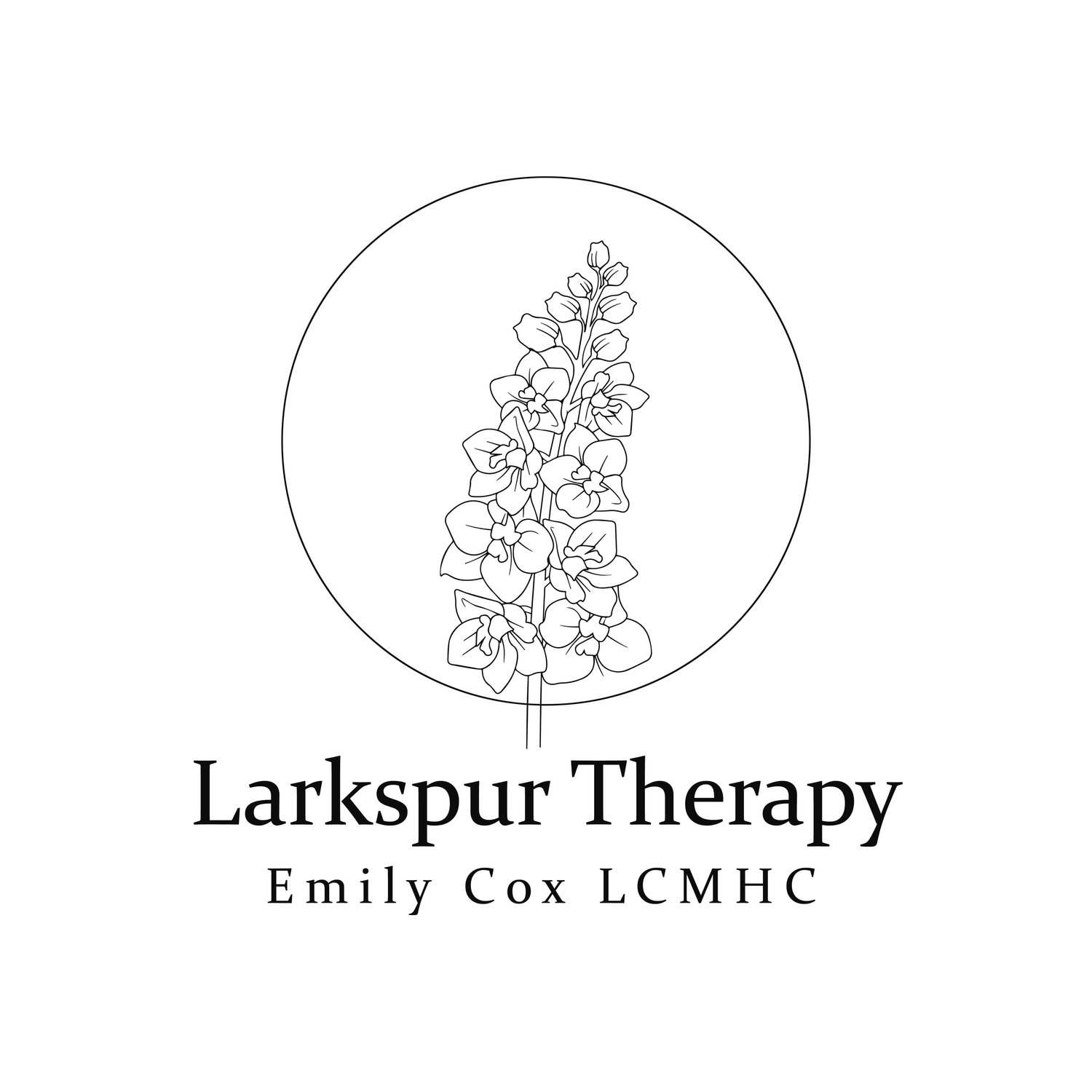Tapping on Your Window on Your Darkest Night
Sometimes traditional talk therapy doesn’t cut it. Talk therapy can be very helpful for some, but have others feel like they are spinning their wheels going over the same things each session. As an expressive arts therapist, I enjoy exploring the potential of unconventional approaches in aiding healing when things feel stuck. One of these approaches is Eye Movement Desensitization and Reprocessing (EMDR) therapy. EMDR offers a different way of engaging with mental health treatment, often offering profound benefits and transformative outcomes.
What is EMDR Therapy?
EMDR therapy operates on the foundation that many psychological challenges are rooted in unprocessed memories, particularly those associated with trauma. In conventional talk therapy the main source of treatment relies on verbal communication between therapist and client, often focusing on introspection and exploring concerns verbally. EMDR therapy integrates bilateral stimulation, such as eye movements, tapping, or auditory tones, to facilitate the processing of traumatic memories and associated emotions. This unique approach taps into the brain's natural capacity for healing and adaptive processing, enabling clients to reprocess distressing memories and alleviate associated symptoms.
How is EMDR Therapy Different?
One of the distinguishing features of EMDR therapy is its ability to accelerate the healing process. Traditional talk therapy often involves extensive exploration and verbalization of emotions and experiences, which can be a slow and sometimes uncomfortable and not fun journey. In contrast, EMDR therapy allows clients to achieve significant therapeutic gains in a relatively short period. For example, many talk therapy clinicans recommend an initial treatment stage of 6 months of weekly or biweekly sessions. However, many clients in EMDR therapy report reduction of distress and symptoms within as little as 4-8 sessions. By directly targeting the underlying memories through bilateral stimulation, EMDR expedites the processing of traumatic experiences, leading to rapid symptom reduction and resolution.
EMDR therapy offers a unique framework for addressing complex trauma. Traditional talk therapy approaches can sometimes struggle to effectively navigate the intricate layers of trauma, often leading to stagnation or retraumatization. The structured protocol of EMDR therapy provides a framework for safely accessing and reprocessing traumatic memories, empowering clients to confront and integrate their past experiences. This structured approach fosters a sense of containment and safety, essential for navigating the complexities of trauma recovery.
Another notable aspect of EMDR therapy is its capacity to transcend linguistic and verbal barriers. Traditional talk therapy relies heavily on verbal communication, which can pose challenges for clients who struggle to articulate their experiences or find words to express their emotions. The emphasis on bilateral stimulation in EMDR therapy enables clients to access and process traumatic memories without necessarily verbalizing them. This nonverbal mode of processing can be particularly beneficial for clients who have difficulty verbalizing their experiences, such as young children, neurodivergents, and those with PTSD.
EMDR therapy offers a holistic approach to healing that extends beyond symptom reduction. While traditional talk therapy often focuses on symptom management and coping strategies, EMDR addresses the root cause of psychological distress by targeting the underlying memories. By reprocessing traumatic memories and associated beliefs, EMDR facilitates profound cognitive and emotional shifts, leading to lasting transformation and personal growth. Clients often report not only symptom relief but also enhanced self-awareness, resilience, and a renewed sense of empowerment.
Through its unique approach to trauma processing, EMDR offers another option in mental health treatment. By harnessing the brain's innate capacity for adaptive processing, EMDR empowers clients to rewrite their narratives, reclaim their agency, and embark on a journey towards wholeness and resilience.
So Is EMDR A Silver Bullet?
It is important to acknowledge that EMDR therapy is not a one-size-fits-all solution. Its effectiveness may vary depending on individual factors such as the nature of the trauma, the client's readiness for processing, and the comfort level and expertise of the therapist. Some clients report feeling uncomfortable with the bilateral stimulation, discussing sensations of being on a boat. Certain conditions such as those with certain eye conditions, recurrent eye pain, vertigo, and those with significant dissaocative symptoms are often not recommended as good candidates for EMDR therapy due to the possibility of the EMDR process exacerbating such conditions.
EMDR is often most effective when integrated with other therapeutic modalities, such as expressive arts therapy, mindfulness-based interventions, or somatic experiencing. This allows the treatment to address the multifaceted aspects of trauma and promote holistic healing. EMDR therapy alone is not recommended as a silver bullet solution.
Could EMDR Therapy Be Helpful For Me?
Many clients report experiencing the effectiveness of EMDR therapy. The ability to expedite the healing process, address complex trauma, transcend linguistic barriers, and foster holistic healing makes EMDR therapy a valuable addition to the therapeutic toolkit. EMDR therapy offers new possibilities for healing, growth, and restoration. If you have felt stuck in traditional talk therapy, if some traumas or life experiences are very challenging the discuss verbally, if you are open to trying new approaches, you may be a good fit for EMDR therapy.
Click Below to learn more about EMDR treatment virtually for clients in North Carolina, South Carolina, and Vermont.

